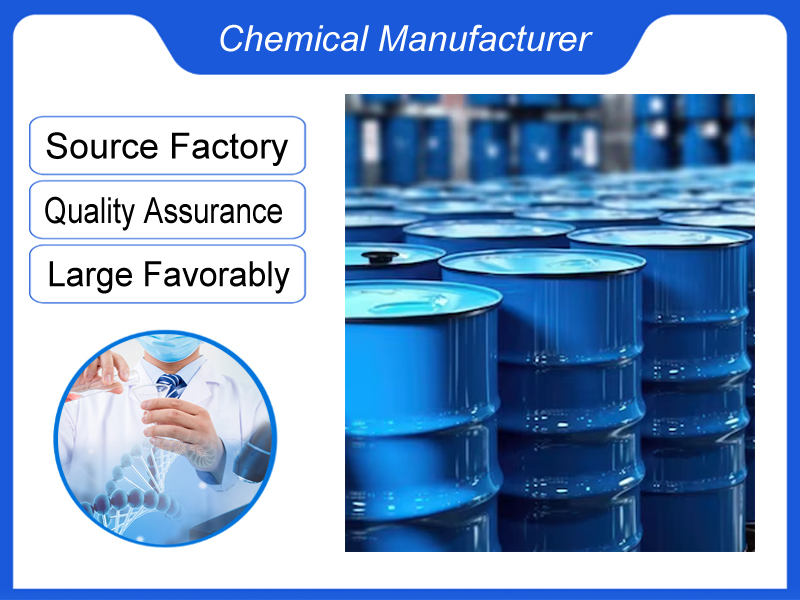
Ceftriaxone Sodium CAS 104376-79-6
We are a manufacturer based in China. We specialize in providing high-quality Ceftriaxone Sodium CAS 104376-79-6 for industrial clients across various sectors. Whether you need chemicals consultation or technical support, our team is here to help.
Category:Active Pharmaceutical Ingredients Own Brand:MT /MOQ:100KG /From China/ B2B only.
Introduction
Molecular Formula: C18H16N8Na2O7S3,3½H2O
Molecular Weight: 662
CAS No.: 104376-79-6
It is the third generation of cephalosporin antibiotics with a similar antibacterial spectrum to cefotaxime sodium. It is used in the treatment of respiratory tract infection, urinary system infection, gonorrhea and preoperative infection prevention.
Description
It is almost white or yellowish, slightly hygroscopic, crystalline powder. It is freely soluble in water, sparingly soluble in methanol, very slightly soluble in anhydrous ethanol.
Application
The long-acting third-generation cephalosporin has a broad antibacterial spectrum and has effects on both Gram-positive and Gram-negative bacteria; For infections caused by sensitive bacteria, such as sepsis, meningitis, tonsillitis, acute and chronic bronchitis, bronchiectasis, pneumonia, lung purulence, ENT infection, bone and joint infections, secondary infections of chronic respiratory diseases, Peritonitis, cholecystitis, genital infections, etc.
Packing
25kg/bag or as customer’s requirements.
Storage
Preserve in an airtight container, protected from light. If the substance is sterile, store in a sterile, airtight, tamper-proof container.
Minimum Order
One package
Ceftriaxone Sodium: A Veterinary Antibiotic
Ceftriaxone Sodium is a crucial antibiotic in veterinary medicine, deployed for treating a diverse array of bacterial infections in animals.
1. General Characteristics
| Aspect | Details |
| Classification | Third – generation cephalosporin antibiotic. As part of the cephalosporin family, it is a beta – lactam antibiotic with a unique chemical structure that differentiates it from other classes. |
| Source | Produced through chemical synthesis processes. It is derived from 7 – aminocephalosporanic acid, with specific side – chain modifications that endow it with its characteristic antibacterial properties and pharmacokinetic behavior. |
| Formulation | Commonly available as powders. These powders can be reconstituted into injectable solutions for parenteral use, which is highly effective for rapid systemic delivery of the drug to combat infections. Although less common, there may also be topical formulations for localized skin and soft – tissue infections. |
| Solubility | Soluble in water. This solubility property is extremely advantageous for preparing injectable solutions. It allows for easy and accurate reconstitution of the powder into a solution that can be safely and effectively administered to animals. |
2. Mechanism of Action
| Action | Explanation |
| Inhibition of Cell Wall Synthesis | Similar to other beta – lactam antibiotics, Ceftriaxone Sodium binds to penicillin – binding proteins (PBPs) in bacteria. These proteins are pivotal in the cross – linking of peptidoglycan chains, which is an essential step in constructing the rigid bacterial cell wall. By blocking this cross – linking mechanism, the cell wall loses its integrity and strength. As the bacteria continue to grow and divide, the weakened cell wall is unable to withstand the internal osmotic pressure, ultimately resulting in cell lysis and death. |
| Selective Activity | It exhibits a broad – spectrum antibacterial effect. Against Gram – positive bacteria, it is effective against Staphylococcus spp., Streptococcus spp., and Clostridium spp. Among Gram – negative bacteria, it has potent activity against Escherichia coli, Klebsiella pneumoniae, Proteus spp., Haemophilus influenzae, and Neisseria spp. Third – generation cephalosporins, like ceftriaxone sodium, generally have enhanced activity against Gram – negative bacteria compared to first – and second – generation cephalosporins, and are also effective against some bacteria that have developed resistance to earlier – generation cephalosporins. |
3. Clinical Applications and Considerations
| Category | Details |
| Applications | – Treating respiratory tract infections in livestock and poultry. In poultry, it can be used to target Escherichia coli, Pasteurella multocida, and streptococcal infections that cause respiratory distress. In cattle, it is effective against respiratory diseases induced by Mannheimia haemolytica and Pasteurella multocida. – Managing urinary tract infections in dogs and cats. It can effectively combat Escherichia coli and other prevalent urinary tract pathogens. – Treating skin and soft – tissue infections in animals, often caused by Staphylococcus spp. and Streptococcus spp. – Utilized in treating postoperative infections in animals. Its broad – spectrum activity makes it capable of targeting a wide range of potential pathogens that may be introduced during surgical procedures. – In some cases, used to treat infections in fish in aquaculture, such as Aeromonas hydrophila infections, due to its effectiveness against Gram – negative bacteria. |
| Considerations | – Overuse can significantly contribute to the emergence and spread of antibiotic – resistant bacteria. Strict adherence to the dosage and treatment duration prescribed by veterinarians is of utmost importance. – Allergic reactions can occur in some animals, similar to other beta – lactam antibiotics. Symptoms may include rash, itching, swelling, and in severe cases, anaphylaxis. Close monitoring for allergic reactions post – administration is essential. – High doses or long – term use may cause gastrointestinal disturbances in animals, such as diarrhea, vomiting, and loss of appetite. It can also disrupt the normal balance of the gut microbiota. – Caution is necessary when using it in combination with other drugs. Potential drug – drug interactions exist, especially with other antibiotics that target cell wall synthesis or drugs that impact renal function. For instance, when used in combination with aminoglycosides, there may be an increased risk of nephrotoxicity. Additionally, it may interact with certain drugs that are metabolized by the liver, potentially altering their pharmacokinetics. |
Ceftriaxone Sodium plays a vital role in maintaining the health and productivity of livestock, poultry, companion animals, and in aquaculture by effectively treating a wide spectrum of bacterial infections.
If you're ready to take the next step, Leave your message below and we’ll reply soon. 20+ years of chemical manufacturing & export experience, a partner you can trust.





